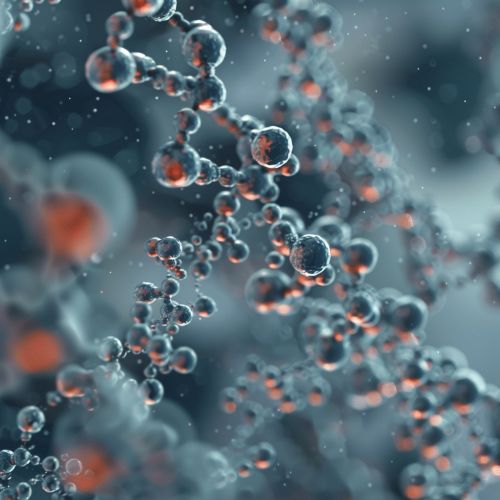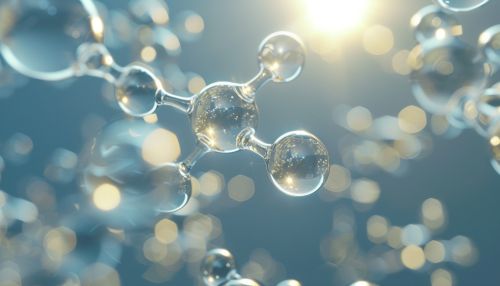Sterol
Introduction
Sterols, also known as steroid alcohols, are a subgroup of the steroids and an important class of organic molecules. They occur naturally in plants, animals, and fungi, with the most familiar type of animal sterol being cholesterol. Sterols of plants are called phytosterols and sterols of fungi are called ergosterols.


Structure
Sterols are composed of two parts: a planar, tetracyclic ring structure and a hydrocarbon side chain. The planar ring structure is composed of three cyclohexane rings and a cyclopentane ring arranged in a specific way. This is the steroid part of the sterol molecule. The hydrocarbon side chain is attached at the 17th carbon position of the steroid structure.
Biosynthesis
Sterols are synthesized from acetyl-CoA via the HMG-CoA reductase pathway. The process involves multiple enzymatic reactions and the production of several intermediate compounds. The final product of this pathway is squalene, which is then converted into lanosterol, the precursor of all sterols.
Function
Sterols have a variety of biological functions. They are a crucial component of cell membranes, where they influence membrane fluidity and permeability. They also serve as precursors for the synthesis of bioactive steroids, including hormones and bile acids.
Classification
Sterols can be classified based on the organisms in which they are found. Cholesterol is the most common sterol in animals, while phytosterols and ergosterols are the most common sterols in plants and fungi, respectively.
Cholesterol
Cholesterol is the most abundant sterol in animal tissues. It is an essential component of cell membranes and serves as a precursor for the synthesis of steroid hormones, bile acids, and vitamin D.
Phytosterols
Phytosterols are plant sterols that have a structure similar to that of cholesterol. They are found in all plant tissues and are particularly abundant in vegetable oils, nuts, and seeds.
Ergosterols
Ergosterols are sterols found in the cell membranes of fungi and protozoa. They serve a similar function to cholesterol in animal cells.
